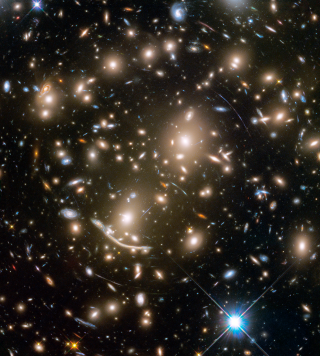Bibcode
Lucchini, Scott; Pellett, Emil; D'Onghia, Elena; Aguerri, J. Alfonso L.
Referencia bibliográfica
Monthly Notices of the Royal Astronomical Society
Fecha de publicación:
2
2023
Número de citas
19
Número de citas referidas
19
Descripción
The kinematic plane of stars near the Sun has proven an indispensable tool for untangling the complexities of the structure of our Milky Way (MW). With ever improving data, numerous kinematic 'moving groups' of stars have been better characterized, and new ones continue to be discovered. Here we present an improved method for detecting these groups using MGwave, a new open-source 2D wavelet transformation code that we have developed. Our code implements similar techniques to previous wavelet software; however, we include a more robust significance methodology and also allow for the investigation of underdensities, which can eventually provide further information about the MW's non-axisymmetric features. Applying MGwave to the latest data release from Gaia (DR3), we detect 47 groups of stars with coherent velocities. We reproduce the majority of the previously detected moving groups in addition to identifying three additional significant candidates: one within Arcturus, and two in regions without much substructure at low VR. Finally, we have followed these associations of stars beyond the Solar neighbourhood from Galactocentric radius of 6.5-10 kpc. Most detected groups are extended throughout radius indicating that they are streams of stars possibly due to non-axisymmetric features of the MW.
Proyectos relacionados

Evolución de Galaxias en Cúmulos
Las estructuras en el Universo, a todas las escalas de masa, se han formado de una forma jerárquica y principalmente producidas por fusiones de galaxias. Sin embargo, esta formación jerárquica de las galaxias está modulada por el entorno en el cual se crean y evolucionan. Mientras que las galaxias de campo presentan una evolución pasiva, los
Jairo
Méndez Abreu